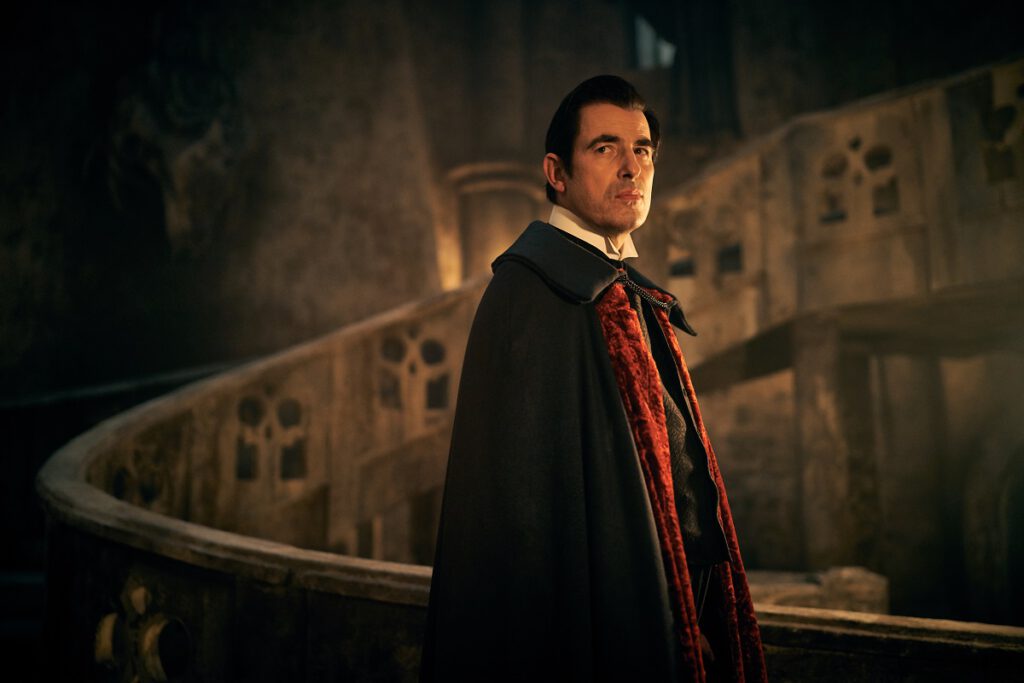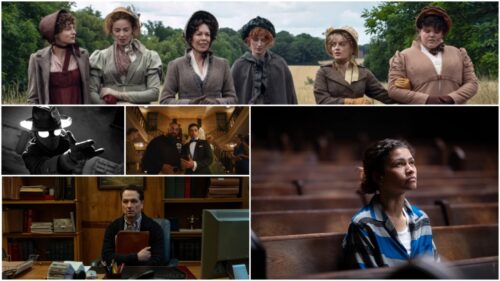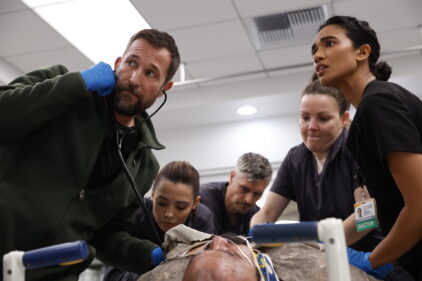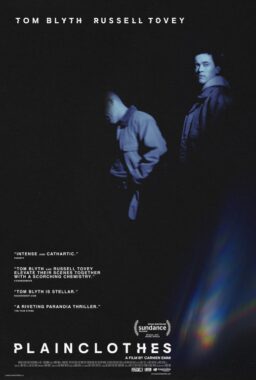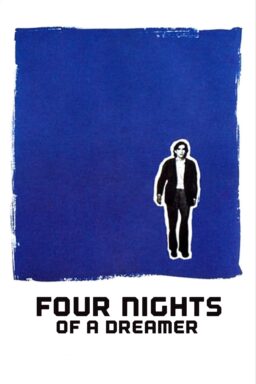After airing over three consecutive nights in the United Kingdom, the highly-anticipated new version of “Dracula” lands on Netflix in its entirety today, January 4, 2020. Starring Claes Bang (“The Square”) as the legendary count, this version is heavily based on the Bram Stoker classic novel with a modern spin courtesy of the team behind another revival of a classic character in “Sherlock,” starring Benedict Cumberbatch and Martin Freeman. Only the first episode, “The Rules of the Beast,” was made available to press ahead of release, but it’s a promising chapter that, much like the “Sherlock” episodes, plays like a feature film itself. At nearly 90 minutes, it works from the skeleton of Stoker’s classic with characters like Jonathan Harker, Mina Murray, and the count himself, of course, but it also has a modern sensibility that deepens elements like the inherent sexuality in the legend of a bloodsucking aristocrat and, even more successfully, the religious underpinnings of a story about a creature repelled by a cross. Parts of the premiere’s first half are a bit slow and some of the script’s attempts at humor and modern dialogue feel off in terms of tone, but the action really kicks in for the final half-hour in a way that makes it almost impossible for you not to watch another.

Mark Gatiss and Stephen Moffat worked together on the very successful revival of “Doctor Who” and the excellent mini-series take on “Jekyll,” and then collaborated on “Sherlock,” an Emmy-winning juggernaut that became a hit around the world and really made Benedict Cumberbatch a star. Gatiss and Moffat have re-teamed for “Dracula,” which opens, as Stoker’s novel did, with the sad tale of Jonathan Harker (John Heffernan), an Englishman who ends up trapped in the web of Count Dracula (Claes Bang). As the show opens, Harker is literally falling apart, being interviewed by two nuns (Dolly Wells & Morfydd Clark) about how he got this way and what he knows about the creepy guy who lives in the castle on the hill. Structured as a series of flashbacks, we see how Harker became a walking, dead-eyed zombie under the thumb of Dracula, who meets him in his old, decrepit form, but slowly becomes his suave, younger self as Harker crumbles. Harker is driven insane by sounds and visions in a castle from which he is physically unable to escape, slowly introduced to the horrors and secrets of his captor.
As anyone who has seen “Sherlock” or “Doctor Who” might imagine, “Dracula” is a very stylish affair, employing a broad, almost hammy approach that’s incredibly reminiscent of Francis Ford Coppola’s highly underrated “Bram Stoker’s Dracula.” While that film was somewhat mocked on its release, it’s developed a loyal following over the years, and I love that it seems to be a major template for this iteration, with a nice nod to Bela Lugosi and Christopher Lee every now and then too. Gatiss and Moffat are smart enough to know that this story has been told dozens of times, and so they lean into the familiar as often as they try something new. We need certain beats from a story called “Dracula” and they hit those just enough to satisfy fans of the source and its most popular adaptations while also feeling just fresh enough to justify its existence.

Most of that justification comes in performance and the action-heavy final third of the premiere episode. Bang sometimes feels like he’s walking in hallowed shoes in the opening scenes, but by the time Dracula has reverted to his charming, young form, it’s easier to see why the classically handsome actor was cast in the role. He’s just smooth enough to believe that someone would invite him in even if they suspected there was something wrong. The implication isn’t that Dracula is the first vampire, but that he’s the smartest vampire, the one able to adapt and grow over the centuries—Bang deftly sells this intelligent take on the legend. And when he’s required to go from charming and mysterious to deadly? He’s fantastic.
Honestly, due to Netflix restrictions on spoilers and the fact that most readers will have seen the other three hours by the time they read this, my critical hands are a little tied. I’ll just say that, as someone very familiar with not just various film and TV (and even video game) versions of this character, I was hesitant, even with my love for “Sherlock.” And the first half of “The Rules of the Beast” didn’t completely win me over. By the end? I was ready to invite “Dracula” into my house so I can see what happens next.
One episode screened for review.

